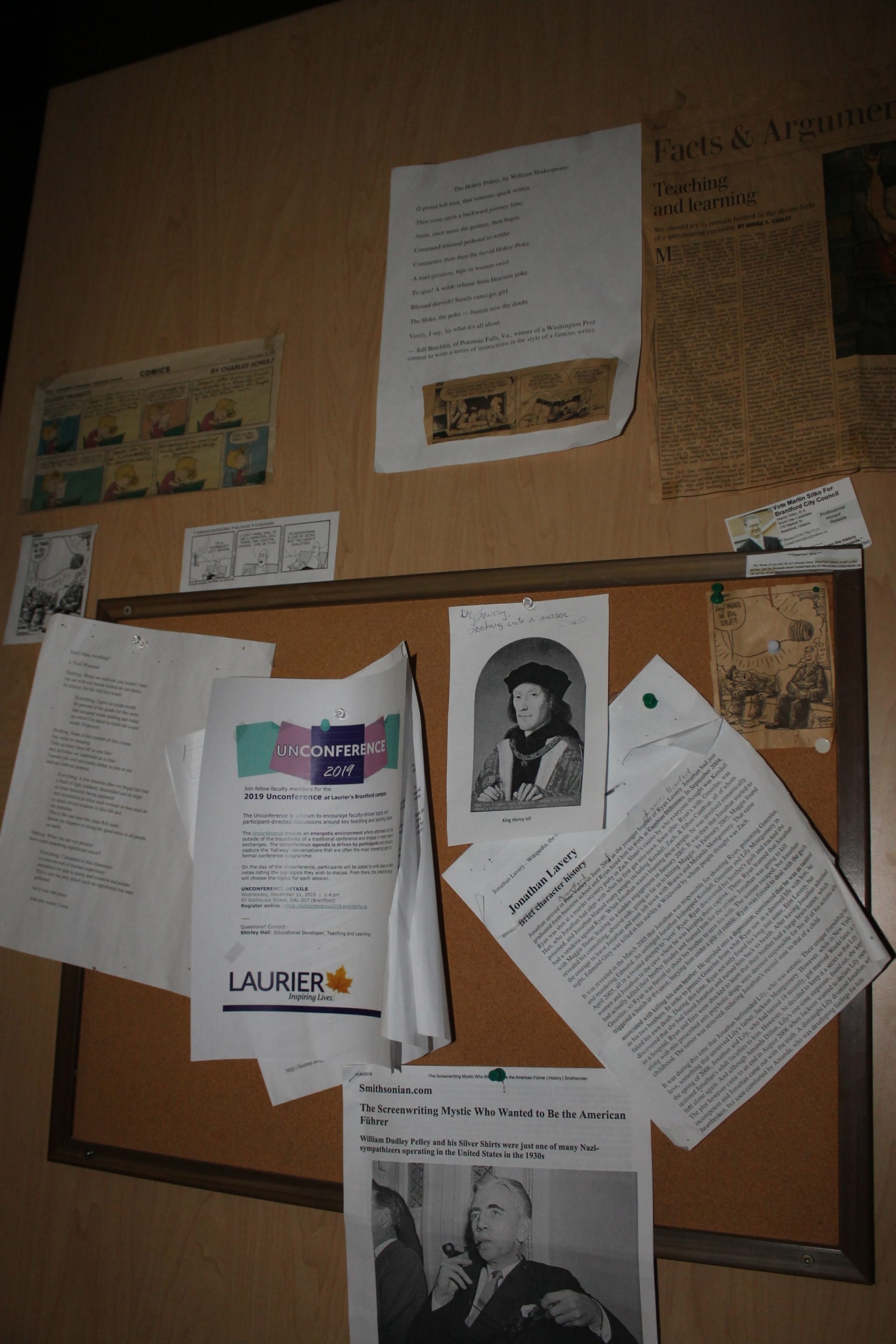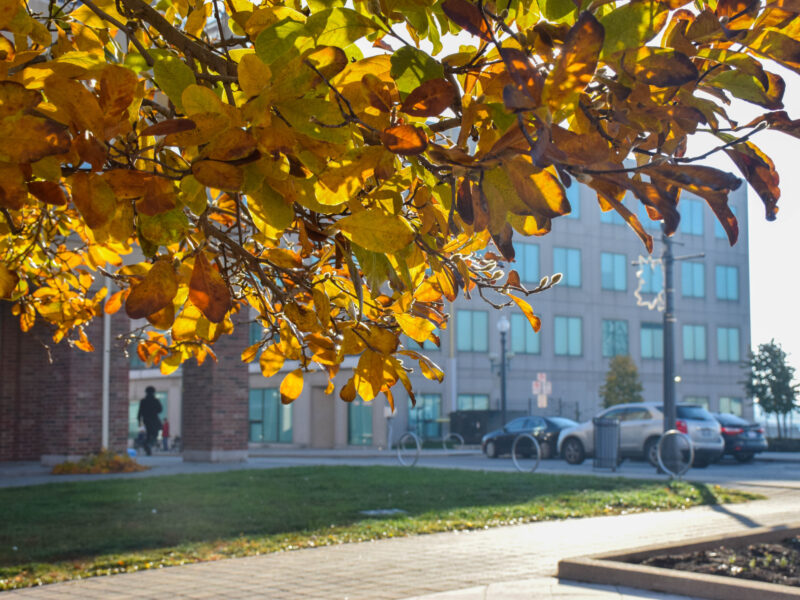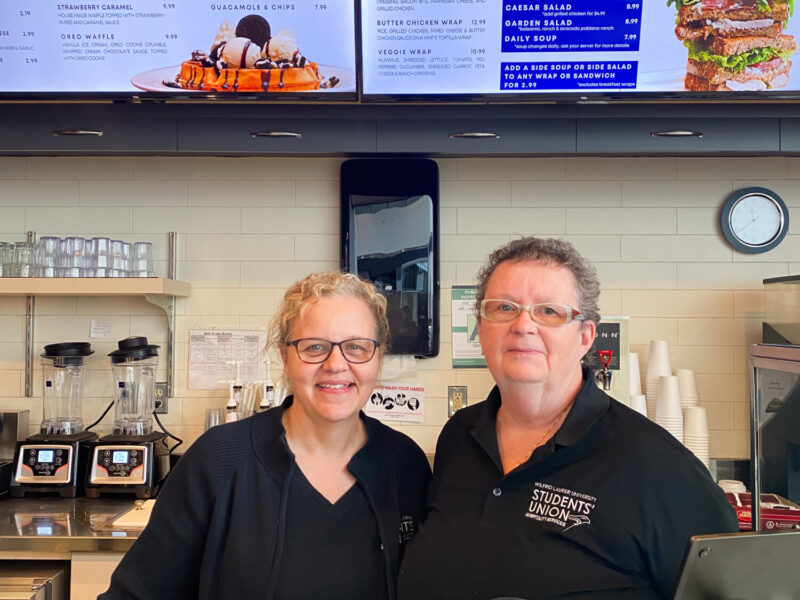HIRZE ZEHRA TALPUR / SPUTNIK PHOTOGRAPHY
Law and society students have seen a considerable decrease in the amount of instructors in their classes.
They are currently campaigning to secure more full-time faculty members, reasoning that class sizes and course selection are negatively impacted and continue to worsen. While the program is expanding and flourishing in terms of enrolment numbers, it seems that this growth is not matched with an increase in full-time faculty.
The current co-ordinator of the Law and Society program, Dr. Jonathan Lavery, acknowledges this discrepancy and understands the way in which it might be falling short of expectations.
“In one sense, the program has expanded too much already [its student body], whereas in another sense it requires significant expansion … at least two full-time faculty members are sorely needed right now.”
Many students express that the brimming class sizes are frustrating, because this is not what they were promised when they applied to the program.
Kayana Smith, a senior Law and Society student, sheds light on the reality of how few instructors are available to teach mandatory courses, let alone electives.
“Our program currently has three full-time professors, next year there will only be one, “said Smith, “the problem with this is that the university has a requirement to have a 1:25 ratio, next year it will be a 1:250 ratio.”
Aside from the issue in itself of failing to meet requirements, Smith lists innumerable ways in which this lack of faculty has negatively impacted her academic career, as well as that of other students in the program.
Smaller class sizes allow for a more personal and participatory learning experience, which can be impossible to achieve when all classes are at their already high capacity for enrolment.
“As a senior student, the expectation is to have seminar courses as you progress through your undergraduate career. However, because of the large sizes, these classes have turned into mini-lecture,” she articulates.
Many students studying in this degree plan to advance to some form of further education after completing their undergraduate degree, and the lacking experience with this different learning style might provide an unfair disadvantage to Laurier students when compared to students coming from other institutions.
This is especially problematic, as it’s already a very competitive field.
Not only have learning styles been influenced due to this lack of instructors, the program itself has been altered because it cannot afford to offer even the courses listed in its requirements.
Smith recalls how the university’s solution was not to hire additional full-time faculty, but instead to take out these courses as essential components of the degree.
“This year because of budget cuts and lack of instructors they had to change the graduation requirements,” she said, “they couldn’t offer the course and it was a requirement to graduate, so they had to remove it for students to graduate, which is sad.”
On behalf of the university Dr. Kathryn Carter, the Academic Dean of Liberal Arts, comments on the action Laurier is taking and expresses that this issue is being taken seriously.
“Administration [my office and the Vice President Academic’s office] is doing and has been doing everything in their power to address the issue in Law and Society,” she said, “we are currently pursuing additional strategies that will get us the resources we need, but we will not have answers about whether or not we’ve been successful for a few more weeks.”
Dr. Lavery provides some insight about possible reasons behind the substantial class sizes these students are experiencing, and suggests that this occurrence isn’t unique to Laurier Brantford. The government and changes in funding might be a central factor influencing the overflowing classes at Laurier and at other schools.
“I think expanding class size is a problem across the university and at other institutions,” he said, “when I was an undergraduate, the provincial government funded roughly 75 per cent of the cost of each student’s university education … now that percentage has fallen to approximately 50 per cent.”
While appreciating that students are justified in their frustration with these large and limited classes, Dr. Lavery considers that an intimate learning environment with a high ratio of faculty to students simply might not be realistic anymore.
“University life is characterized in promotional literature and popular culture as if intimacy and small classes are still a norm; even as these things are disappearing, students today have some point of reference to justify their dissatisfaction,” he points out.
However, while the media’s portrayal of university is clearly not reality, this doesn’t account for the discrepancy between the official requirements set for the university and what’s actually happening.
“Keep it up,” said Dr. Lavery, when asked what he would say to the students currently campaigning for an increase in faculty.
He reinforces that administration understands the struggle and frustration and are working toward a more efficient and personal university experience at Laurier.
“Student voices are indispensable and can coordinate well with lobbying already begun by Law & Society faculty,” he said, “we have been arguing for two new positions for the program and, certainly, enrolment figures support at least that, but we can only do so much, and students will do themselves a great service by speaking up.”
He reiterates that those with authority in the program, and the student body, have similar goals and can be encouraged to work together to achieve them.




